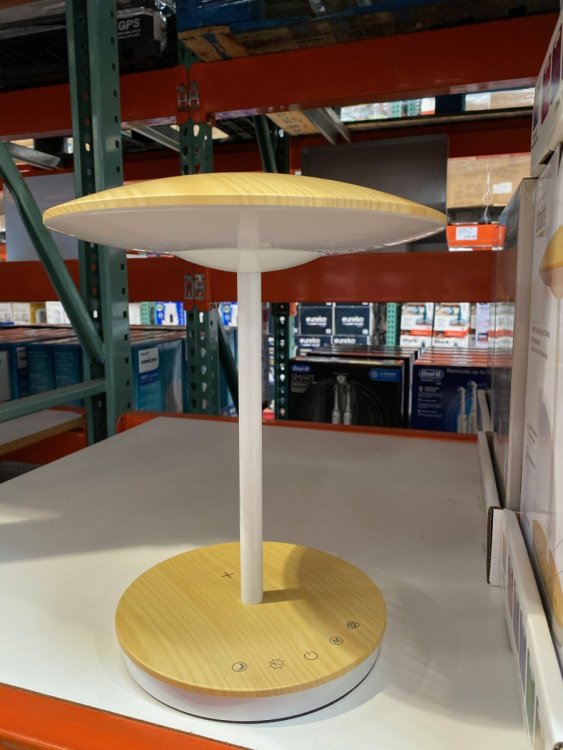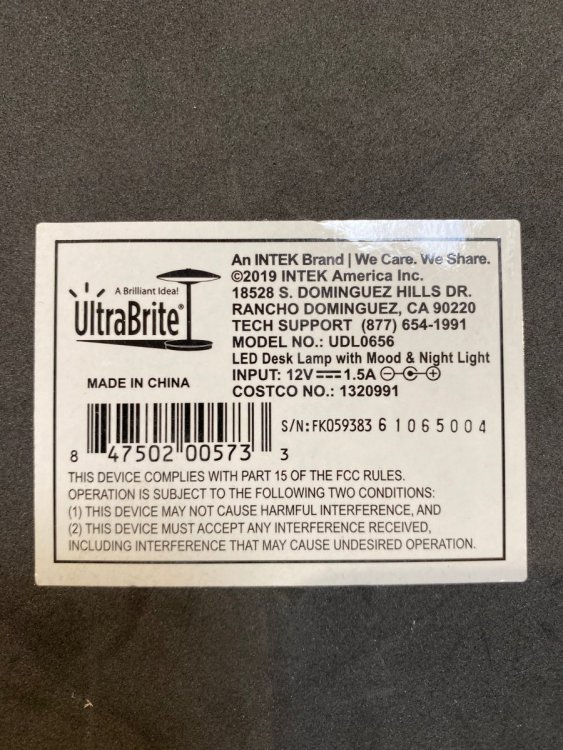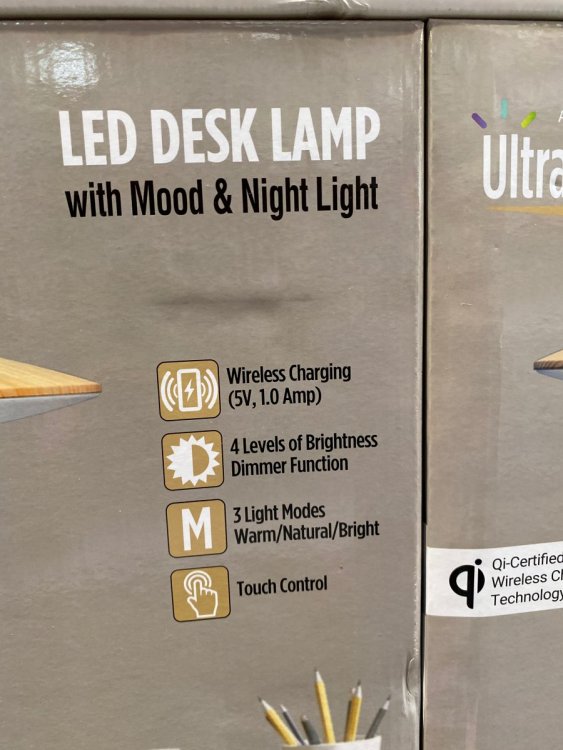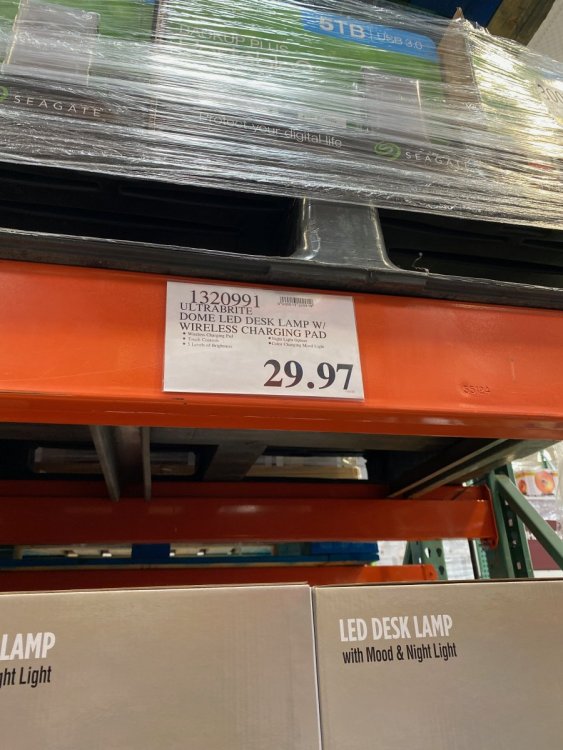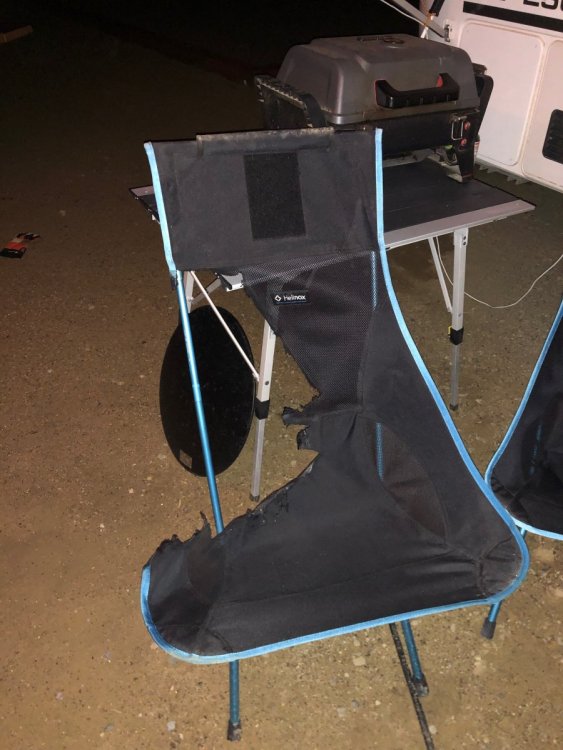-
Posts
3,835 -
Joined
-
Last visited
-
Days Won
212
Everything posted by Overland
-
John pretty much covered it. We keep a long hose in the bumper for times when it's OK to drain grey water. Just use your common sense as to when it's OK, and follow the two simple rules that you don't let it drain right into the campsite and that you should let it trickle over time rather than pour out all at once. If we do have a full grey tank and are on gravel roads, we might let it trickle out as we drive (I made a short hose that allows me to drain the tank out of the corner of the bumper as we go.) Camco makes an adapter that will allow you to drain your grey tank into a standard campground dump station. We have one but I've yet to use it.
-
I agree with the above, but I think someone here did make their own with PVC and suction cups. Here's a very expensive one that maybe you could bolt to the side of the trailer - https://quickpitch.com.au/our-brands/quick-pitch/quick-en-suite/
-
The automatic back flow preventer does replace a similar valve and pull handle. Someone was talking about replacing their dump valve with a powered one, but I don't remember who or if they went through with the mod. Provided there's space (the powered valve is bulky), it wouldn't be a hard thing to swap out.
- 17 replies
-
- modifications
- drain
-
(and 1 more)
Tagged with:
-
I like this. What’s the part # on the deck plate?
- 17 replies
-
- modifications
- drain
-
(and 1 more)
Tagged with:
-
I don't know - looks like you're a quarter inch short to my eye. May need to redo them.
-
Yeah, fortunately they do sell replacement covers, so it wasn't a total loss. It took a while for the plastic to burn off the lava rocks though, so that smelled nice.
-
Here's a pretty cheap 12 volt battery pack and cord that you could use to make the lamp portable.
- 2 replies
-
- 1
-

-
- lamp
- modification
-
(and 1 more)
Tagged with:
-
If anyone is looking for a good lamp to use on their nightstand, I saw these at Costco today and thought they'd work really well in an Ollie. They're $30, and have a wireless charging pad on the base for your phone/watch, a nightlight and 3 additional brightness settings, and 3 choices of color temperature plus other colors. It's contemporary but I think the style would work well in an Ollie. The best part is that it uses a 12 volt adapter, so it would be a really easy modification to snip off the transformer and replace it with a cigarette plug to connect directly to your 12v system. It's light enough, too, that I think some heavy duty velcro would hold it firmly to the nightstand for travel. And if you have a small 12v battery pack, it could even be used on a table outside. If we didn't already have a lamp, I definitely would have picked up one for Snowball.
- 2 replies
-
- 3
-

-
- lamp
- modification
-
(and 1 more)
Tagged with:
-
We have an Outland also, and despite being bulky it's one of the first things to get packed. It gets a lot of comments from jealous campground neighbors. I'd recommend getting an extension hose for it so that you have more options when setting up camp. Also, we did have a problem once with the hose connection at the regulator coming loose and leaking. Just needed a pair of pliers to fix, but it gave me quite a start to look down and see flames around the connection. It was surely my fault since I swapped out the hose at one point, but it's worth being aware of the possibility. Also, if you want to destroy a nice camping chair, just leave it unattended by the campfire on a windy night for a few moments.
-
We have a National Luna fridge/freezer. They're pricey but rugged and seem to get the best reviews. Expedition Portal did a good roundup of fridges a few years back, so you might check it out. It's a little dated, but if you search there for 'refrigerators' you can dig up reviews of newer models and brands. The one thing I would highly recommend is that you get something that can either be set to a freezer, or better, has two compartments that can be switched. That really gives you options for longer trips. With both sides of ours set to freeze, we can head out with three weeks of food no problem.
-
Never looked for it but it sounds like a lot of fun if you've got the time. I think there's a clause in the Oliver sales agreement through that if you find the treasure you have to share equally with the forum moderators.
-
I would say that overall we’re happy with the Truma, with the caveat being that it has definitely been the most finicky and delicate component on the trailer. I can’t say whether I’d opt for it again if I were doing it all over. Probably...not?
-
Yes and no. You actually have two charge controllers in the trailer, solar and shore power. Each one charges the batteries independently, based on what each controller knows about the state of the batteries, which in this case is the battery voltage. Each controller has its own limits on how quickly it can charge. Fortunately, neither charger is powerful enough to damage the batteries even when both are working at their maximum. You can opt for third party systems, which gather additional information about battery state and usage, and which coordinate the charging between solar and shore power; but while a few of us have those and enjoy some advantages, they aren’t necessary.
-
Sherry do you only have 210Ah total, or is that usable?
-
Oliver eliminated many of the elbows a few years ago, thanks to a recommendation from an owner here on the forum. Now they use bend supports on the tubes wherever they can. There are still a few tight locations on mine where they had to use elbows. I had one of those burst due to vibration on our first trip. It was a similar looking situation to the photo in David's post, where the tube turned down and then connected to another horizontal tube below. In my case, the vertical tube hadn't been cut long enough, so there was tension with the top tube holding the bottom tube off the floor. I think it was bound to break eventually. We really haven't seen much in the way of broken plumbing here on the forum, but of course it's possible. More so if you're someone who likes to go off the beaten path. If you do spend a lot of time on bumpy roads, what I recommend as a precaution is that whenever you're fixing/upgrading/checking out anything in the hull space, take a moment with some zip ties to tie as much wiring and plumbing as you can together or to something solid. Just be careful especially with wiring that you're not creating problems by pulling things too tight.
-

Lagun Table Side Mount Retrofit in Twin Bed Elite 2
Overland replied to Overland's topic in Ollie Modifications
I'd love to see photos once you've got your table top. Sounds like it will be pretty nice. -
Yep, we did the same, and included our LFP batteries and all our Victron equipment as part of the package. It saved a ton.
-
I guess I'm not sure that what you're asking is a useful metric to judge your decision, since that's not how you use your system; i.e., running the batteries all the way down and then recharging them 100%. From discussions a few years back, it seems like most people in an Ollie use around 70-80Ah per day. That includes a little inverter use for hair dryers and microwave, along with lighting, heat, etc. No AC, obviously. That usage means roughly 2 hours plugged in to shore power or a generator, or an average sunny day with the 360w solar package. Generators are certainly the more reliable choice. To increase the reliability of your panels, you either have to add more solar, so that you charge faster, or more batteries, so that you can go longer without a charge. Or both. Having said that, ctshort answered most of your question, and I'd only add that for solar, you'll never actually see 30A, even at noon in July in Tuscon, and certainly not for the entire day. The general rule of thumb, which I've found to be fairly accurate, is to plan to get 20-30Ah per 100w of solar per day. So for 360w, somewhere between 70 and 108 Ah, which, per above, is adequate for most owners, at least on sunny days, and with ~200AH of usable battery storage, means that most can plan on 3 cloudy days without worrying about recharging by some other means. I'd also say that for lead acid batteries, having both a generator and solar is a good combination. Run the generator for an hour or so in the AM to get a big chunk of the bulk charging done, and then let the solar panels take care of the slower absorption and float.
-
You want the ASY-364-X20-IP
-
Those looks like good tires. I think for my style of travel, their AT3 LT look like a nice fit. Not as aggressive as what JD posted above, but they say that they retain good wet traction and are resistant to shredding, which is the problem I have with the Michies. Otherwise, the specs are pretty much identical to the HTS.
-
I had those Coopers on my X5. I liked them, but they did get pretty loud after about 5k miles. It's hard to compare them to the BFG KO2s I have now, since they're attached to a very different vehicle, but at least visually, the BFGs are far more aggressive. I'm on the fence about AT tires on the trailer - I worry about the loss of wet traction. On the other hand, the treads on my Michelins are so beat up from gravel and tight turns that I really doubt if they're performing much better today than any AT tire would. Back on topic, the Coopers on the new trailers don't bother me at all. Nor do the off brand batteries at the entry level. But - I do question using the off brand for the upgrade. Upgrades are cost-plus items, so free money and something you want to sell as much of as you can. So why go with a brand that will make people have second thoughts? Is the upgrade cost now significantly lower?
-

The Goal Zero Yeti 3000 Solar Portable Power Station
Overland replied to HMD1056's topic in General Discussion
Thanks - in the future, please use the report function so that spam posts can be eliminated more quickly. FYI, quoting the post merely doubles their SEO exposure, which is what they're after. -
Looks like an ambulance conversion.
-
For a 2014 model, the hull number will be the last 3 digits of the VIN, which you’ll find on a sticker on the front left of the trailer. Congratulations on the new purchase!




